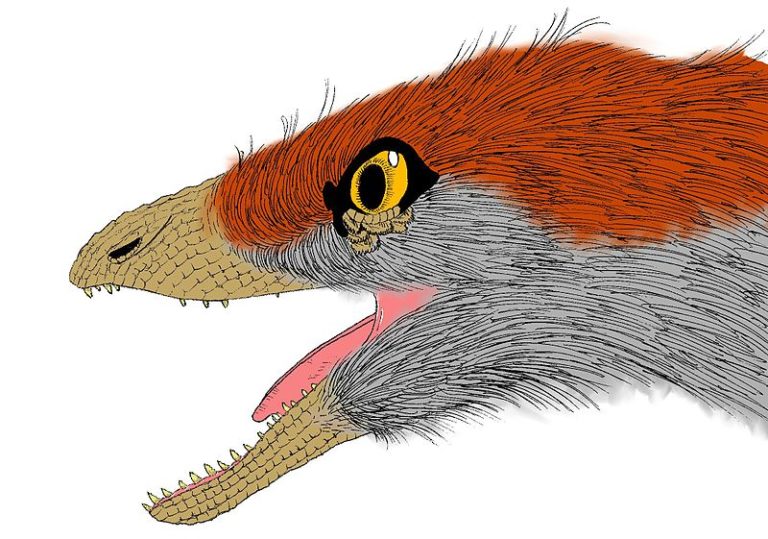Earlier this summer, archeologists in China discovered a Stone Age figurine of a tiny songbird. The bird is 13,500 years old, the oldest ever found in the country. Until now, it was thought that 3D sculptures were a relatively new invention in East Asia; the second oldest carving—also of a bird—is only 5,000 years old. This is only the latest in a long line of archeological finds from China.
China is a treasure trove of fossils of all kinds, but especially dinosaur fossils. 57 dinosaur species have been discovered in China so far. The fossils are so common that a 10-year-old boy can find a 66-million-year-old dragon egg nest on the banks of a river. The first feathered dinosaur was also found in China in the 1990s. Scientists excavated it in Liaoning, a province in the northeast part of the country. The new species was named Sinosauropteryx, which translates to “the Chinese Dragon Bird.” The Dragon Bird was the first evidence that birds are descended from dinosaurs. Dinosaur fossils are such a booming business that there are 10 natural history museums in Liaoning alone.
[zombify_post]


0 Comments